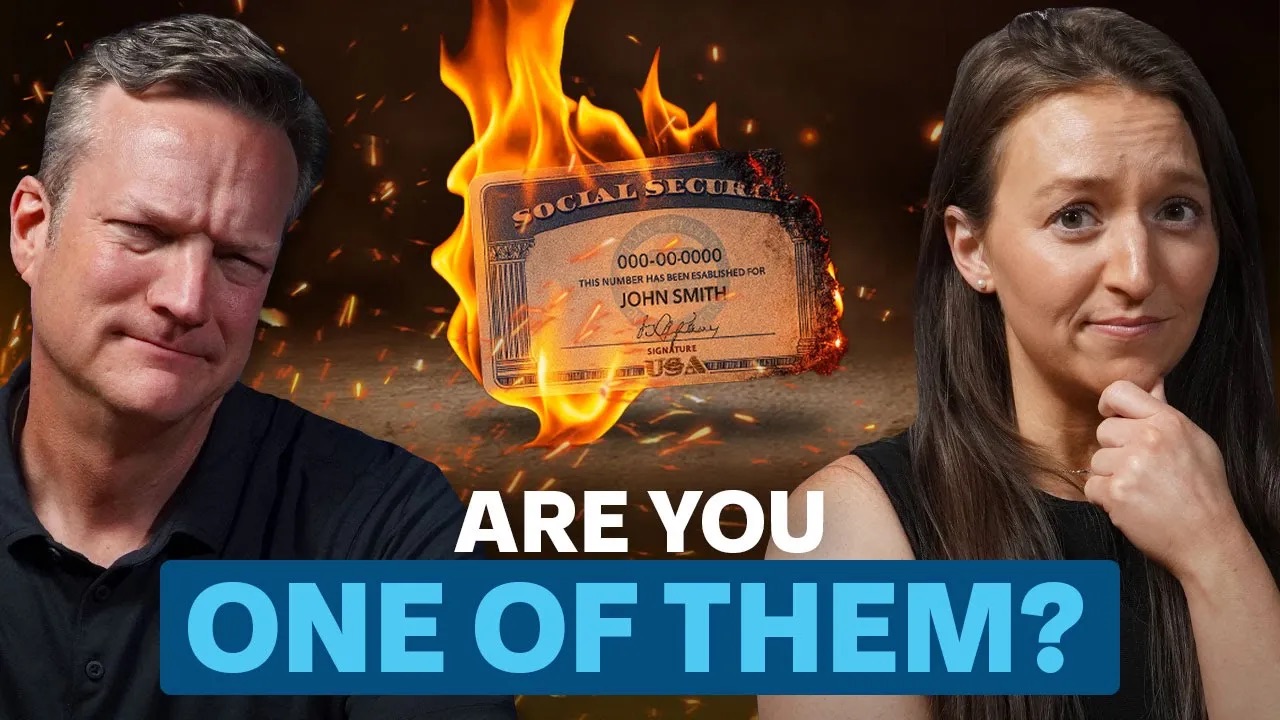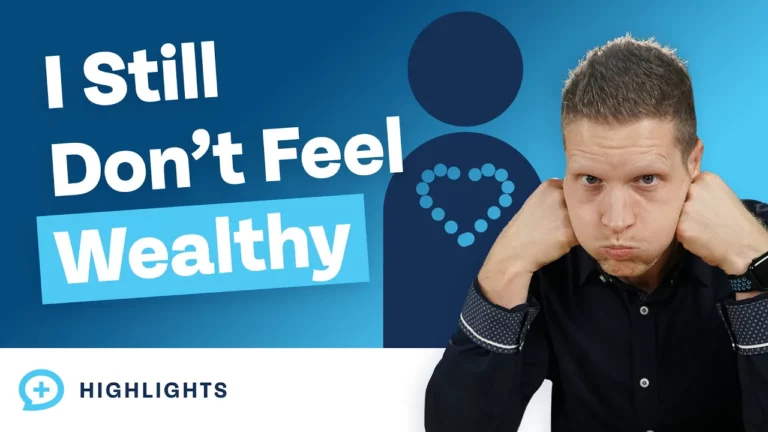Linda’s question is up next. It says we are on step seven of the Financial Order of Operations and currently saving more than 30% of our income, but we always feel like we are behind due to rising costs. What do you recommend to change our way of thinking? Because 30%, we were just talking about how 25% savings can feel difficult. So, it sounds like she’s doing well. What do you think?
Yeah, you know, I don’t think it’s incredibly uncommon for high achievers and really proficient savers and folks that like checking the box and doing the things that they’re supposed to be doing. I don’t think it’s uncommon for us to feel like, “Oh, I’m not doing enough. Oh, I’m behind. Oh, I need to be doing more. Oh, I just don’t feel like I’m doing enough of what I ought to be doing.” So, Brian, what it sounds to me like Linda needs is a clearer picture of what it is that she is working towards. If she knew what the finish line was, well, then she could back into, “Okay, where am I today? And based on the steps that I’m taking, am I moving towards that finish line at the pace that I want to be moving towards it?” And what she may find is at a 30% savings rate in Step seven, I don’t know her age, there’s a really good chance that she’s way ahead of the curve, she’s way out in front of the pack moving towards that. But I think she probably has to define what that is, and we have some great tools that could probably help her do that.
That’s exactly right. And that’s what I’m also hearing Linda talk about that made me think of the messy middle. I know those of you who watch the live stream, we’ve recorded that episode; it will be coming out in the next few weeks. Linda, go check that out because it’s very valuable to kind of know exactly you’re not alone in what you’re experiencing. And I think this is back to the mindset issue Bo talked about. Us achiever-type personalities sometimes feel like we’re behind even when we’re not. But it’s also because money feels tight, time feels tight. It’s creating a lot of this.
But Bo is spot on; this is why people go and… I have people, I think, wish that they knew how our business was structured because I think they think the courses are what pays for everything, and it’s just not that way. We really did try to create a system to where these are accelerators to get you to the abundance cycle graduation point. But, and I love that we have a ‘Know Your Number’ course, learn.money.com is because, Linda, this is exactly what it was designed for – somebody like yourself who’s a financial mutant who feels like you’re behind.
And I think the reason you feel behind is that you haven’t actually taken the extra step to say, “If I put in what I have, I put in what I’m saving, and I put in my goals, how much is this already funded?” And I think you could be pleasantly surprised, especially at the savings rate of 30%, and it’s going to give you the peace of mind and the comfort to actually see the money in action, to see what it’s actually creating for you, to where hopefully it then gives you peace of mind but then also gives you the options to say, “Hey, let’s play around with the scenario, see the seeking patterns that I can do with changing the inflation rates, the savings rates, the rates of returns, and see what this means for my goals and objectives.” And then it gives you the peace of mind to maybe, if you need to, kick it up a notch because that’s the conversation my wife and I had in our 40s. If we do this lifestyle in our 20s and 30s and our 40s, assuming everything’s lined up like we’d hoped, we can do life a little differently. And that’s why I use this tool for my financial mutants who are trying to figure out, “Am I a financial mutant or am I a miser financial mutant or miser and you?” This tool will be perfect on that because it’ll let you see how ahead of the curve, behind the curve, or right on the curve you are to maximize. And I love that you’re in Step seven of the financial order of operations because that’s hyper-accumulation. That’s also when you get to look at the three buckets because I would encourage you to use the Know Your Number course to think about when you’re going to retire and then think about the account structure – how much of my money is going to be in tax-free assets, tax-deferred, as well as after-tax accounts so that I can think about how those are going to go into the execution of my true financial independence plan. Really exciting stuff, Linda, and I think you’re on the path. You’ll blow past the Know Your Number course, and then you’ll need to go hang, graduate, and take the relationship to the next level and fulfill the abundance cycle in the not-too-distant future. Love it.














